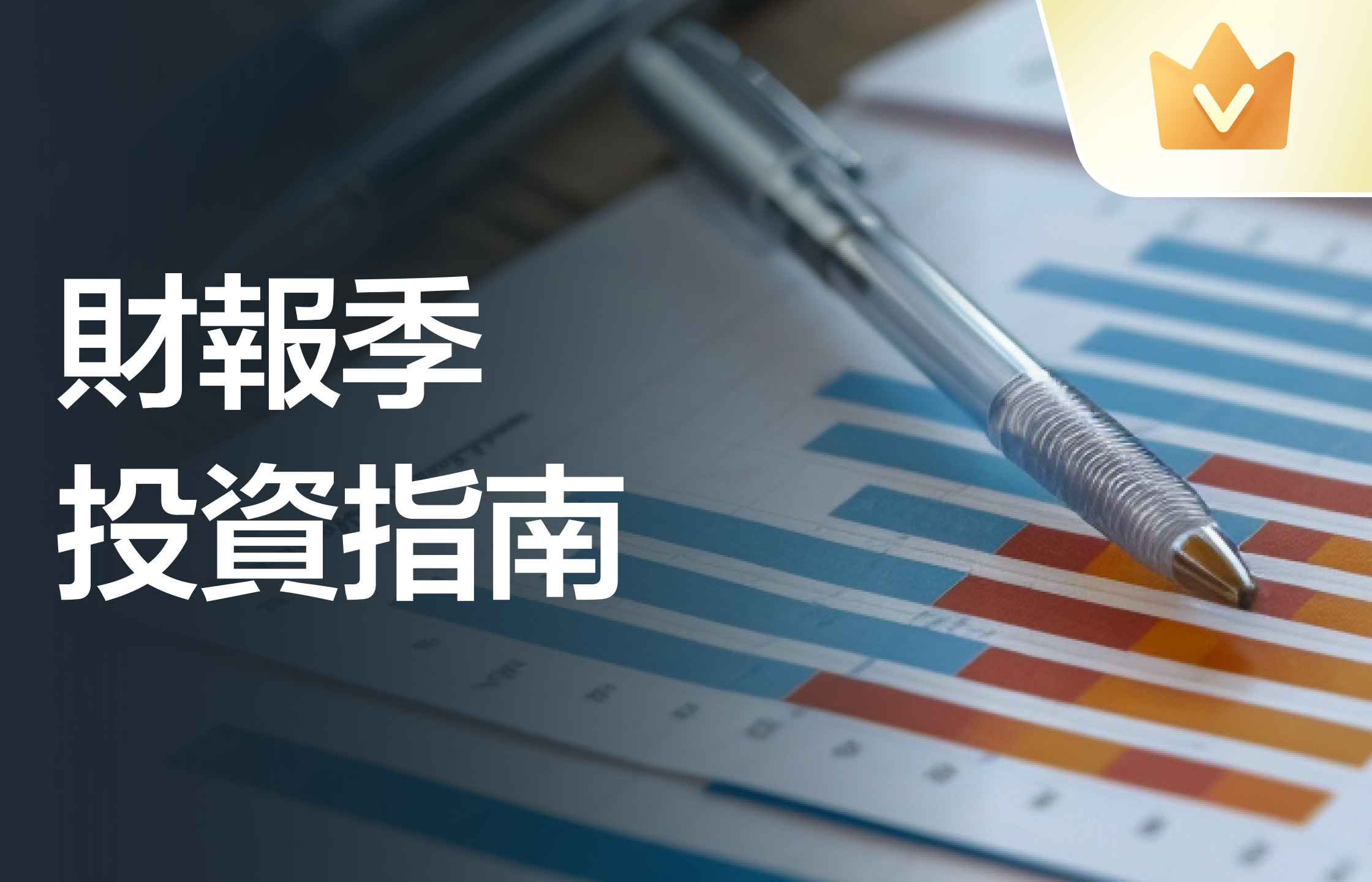高速成長的鉀鹽新星。自2020年以來,公司將經營重心轉移至鉀肥生產,堅持“資源、規模、創新”的發展戰略,夯實資源儲備,保持一年新增一個百萬噸產能的速度快速擴張產能。在鉀肥價格大漲的背景下,公司營收及利潤情況明顯改善。2020-2022年公司營業收入從3.63億元增長到34.66億元,扣非歸母淨利潤從0.05億元增長到20.28億元。
高效的執行力是公司快速成長的底層驅動,股權激勵計劃助推戰略目標實現。公司2022年發佈了《2022 年股票期權與限制性股票激勵計劃(草案)》,面向核心管理及技術(業務)骨幹人員,圍繞提升鉀肥產量爲主、輔以鉀肥銷量的核心目標設定,基礎目標是2022-2024年產量分別達80、180、280萬噸以上,銷量不低於當年產量的85%,卓越目標和挑戰目標更高。股權激勵目標與戰略目標相匹配,綁定核心人員利益,助推戰略目標實現。
供需穩態破壞,鉀肥中長期價格中樞或抬升。(1)需求端,鉀肥具有提升農作物抗逆性及質量等作用,近兩年國際糧食價格大幅上漲,提高鉀肥施用的積極性;長期來看,全球人口增長及人均耕地面積下降對農作物增產提質提出更高要求,鉀肥有望得到進一步重視,長期拉動鉀肥需求。①據Nutrien,2001-2021年,全球鉀肥需求CAGR約爲2.8%,按此增速進行推算,預計到2026年,全球鉀肥需求量將增至6824萬噸,較2022年增加700多萬噸;②我國鉀肥需求增速高於世界平均水平,CAGR爲4.8%。③東南亞地區需求增速明顯。據Argus,東南亞、東亞及南亞地區氯化鉀需求合計3,000萬噸,伴隨消費升級及人口增加,未來亞洲地區鉀肥需求增速仍有望保持在4%-5%。(2)供給端,至2025年,鉀肥新增產能有限,經梳理,2023、2024、2025年全球鉀肥累計供給增量或分別爲400、500、800萬噸,與需求增量相對比,或無需過度擔憂供需格局惡化。自2020年下半年以來,受公共衛生事件、地緣衝突、能源價格上漲等多因素疊加,鉀肥價格劇烈波動,國際鉀肥一度漲至近1000美元/噸高價,後雖回落,但截至目前,其價格中樞並未回歸至2020年以前範圍,我們認爲俄烏衝突持續擾動鉀肥出口、國際能源價格上漲等是重要因素,且或將中長期存在,抬升鉀肥價格中樞。(3)成本端,老礦山邊際成本抬升,新增產能需更高的運營成本及資本支出,疊加國際能源價格上漲,鉀肥生產成本或將持續提高,進而支撐國際鉀肥價格中樞上移。看2023-2024年,若參考Nutrien分析預測,2023年全球鉀肥發貨量爲6500-6700萬噸,2023年我國鉀肥需求預計在1630-1670萬噸,2023年白俄羅斯、俄羅斯的鉀肥出口量或將分別較2021年下降400萬噸和200萬噸。出口下降與需求提升的雙重背景下,2023-2024年鉀肥供需關係或將偏緊,鉀肥價格易漲難跌。
 擴量提質,降本增利,向世界級鉀肥供應商”快速邁進(1)重資源:“資源爲王”,公司自2015年至今已先後在老撾獲得東泰礦段35.0平方公里、彭下-農波礦段179.8平方公里的採礦權,獲農龍礦段48.52平方公里探礦權,現擁有263.3平方公里礦權,折純氯化鉀儲量將超10億噸,超過我國鉀鹽資源總產量,約佔亞洲總儲量的1/3,爲後續快速且大規模的產能擴張打下資源基礎。
擴量提質,降本增利,向世界級鉀肥供應商”快速邁進(1)重資源:“資源爲王”,公司自2015年至今已先後在老撾獲得東泰礦段35.0平方公里、彭下-農波礦段179.8平方公里的採礦權,獲農龍礦段48.52平方公里探礦權,現擁有263.3平方公里礦權,折純氯化鉀儲量將超10億噸,超過我國鉀鹽資源總產量,約佔亞洲總儲量的1/3,爲後續快速且大規模的產能擴張打下資源基礎。
(2)上規模:公司“以一年新增一個百萬噸產能的擴建速度”進行產能擴張,第一個百萬噸鉀肥項目17個月建成投產創造“亞鉀速度”,於2022年3月達產,第二個百萬噸僅歷時 10 個月選廠投料試車成功,創造新的“亞鉀奇蹟”,力爭在2025年形成500萬噸鉀肥產能,遠期實現700-1000萬噸/年的鉀鹽產能,向世界級鉀肥供應商”快速邁進。2022-2025年窗口期,公司產能供給釋放增量有望最大,公司高成長屬性確立。有望快速搶佔市場份額,借規模優勢進一步降本。
(3)降成本:未來公司可通過採礦權攤銷、規模化、智慧礦山建設、採用大型機械、降低人工使用、提升選礦收率、降低能源成本等舉措,進一步實現降本。
(4) 提質量:據互動平台信息推測,東南亞地區大紅顆粒鉀較粉鉀有約17-87美元/噸的超額毛利,公司三期50萬噸產能已實現達產,四期新增顆粒鉀產能30萬噸項目現已啓動,該項目投產後,預計將形成近120萬噸顆粒鉀產能。預計500萬噸鉀肥將匹配250萬噸的顆粒鉀產能,公司產品結構及盈利能力有望進一步提升。
(5)增利潤: 公司依託老撾鉀礦中溴、鋰、鈉、鎂、銫、銣等伴生資源,打造非鉀產業園。溴素是公司的重點推進項目,國內溴素價格常年維持在2萬元/噸以上,截至2023年11月3日,國內溴素價格爲32000元/噸。據互動平台,公司生產溴素成本在1.2萬元/噸,後續預計仍將下降6000元/噸。2023年5月,公司首個非鉀項目-年產1萬噸溴素項目成功實現投產、達產,單日溴素最高產量超36噸,達設計產能的120%,未來,公司力爭於2025年底實現5-7 萬噸溴素產能以及多條溴基新材料產品線,打造第二利潤增長曲線。
盈利預測
四季度鉀肥價格堅挺,我們上調2023年鉀肥價格中樞,考慮公司銷售策略等,略微調整鉀肥銷量。我們預計2023-2025年公司收入分別爲41.54/68.60/87.04億元(原預測爲41.58/69.40/86.62億元),歸母淨利潤分別爲14.47/24.57/30.59億元(原預測爲14.35/27.30/35.08億元),EPS分別爲1.56/2.64/3.29元(原預測爲1.54/2.94/3.78元),對應2023年11月20日收盤價27.63元,PE分別爲18/10/8倍。
我們選取同樣有鉀肥業務的鹽湖股份、東方鐵塔,和深耕螢石資源開發的金石資源作爲可比公司,2023-2025年PE均值爲20.88X、14.13X、11.10X,考慮公司後續多個百萬噸快速擴建、成本有望進一步下降、產品結構的持續改善、非鉀業務增加新的盈利增長點等因素,我們看好公司長期成長力,上調公司爲“買入”評級。
風險提示:鉀肥價格大幅波動、老撾貿易政策變化、項目進度滯後。

 扩量提质,降本增利,向世界级钾肥供应商”快速迈进(1)重资源:“资源为王”,公司自2015年至今已先后在老挝获得东泰矿段35.0平方公里、彭下-农波矿段179.8平方公里的采矿权,获农龙矿段48.52平方公里探矿权,现拥有263.3平方公里矿权,折纯氯化钾储量将超10亿吨,超过我国钾盐资源总产量,约占亚洲总储量的1/3,为后续快速且大规模的产能扩张打下资源基础。
扩量提质,降本增利,向世界级钾肥供应商”快速迈进(1)重资源:“资源为王”,公司自2015年至今已先后在老挝获得东泰矿段35.0平方公里、彭下-农波矿段179.8平方公里的采矿权,获农龙矿段48.52平方公里探矿权,现拥有263.3平方公里矿权,折纯氯化钾储量将超10亿吨,超过我国钾盐资源总产量,约占亚洲总储量的1/3,为后续快速且大规模的产能扩张打下资源基础。